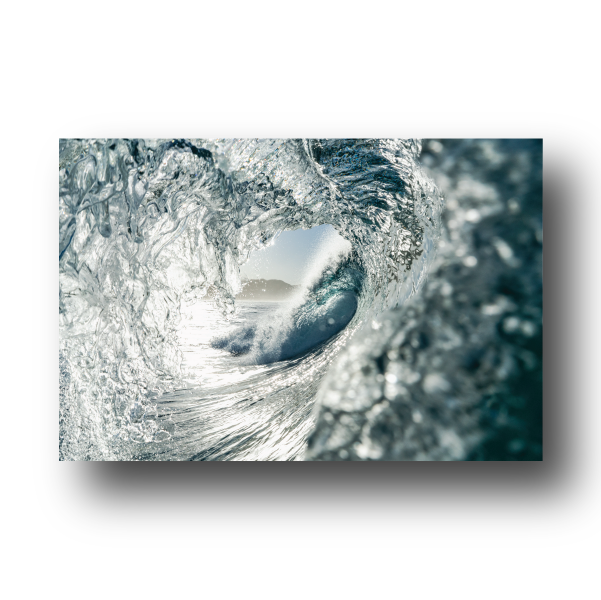Sailing is a thrilling and adventurous endeavor that allows you to explore the vastness of the open sea, but it comes with its own unique language. If you're a new sailor about to embark on your maiden voyage, understanding sailing terminology is essential for safety, effective communication, and, of course, looking like a seasoned sailor. In this article, we'll introduce you to some fundamental sailing terms that will help you navigate the high seas with confidence.
Exloring the fjords of Alaska via sailboat. Photo by Dalton Johnson
Port and Starboard
When aboard a ship, the terms "port" and "starboard" are used to specify the left and right sides of the vessel, respectively. "Port" and "left" both have four letters, which can help you remember the corresponding sides.
Bow and Stern
The "bow" refers to the front of the ship, while the "stern" is the rear. These terms are crucial when discussing directions and navigation, particularly when making adjustments to the ship's course.
Aft and Forward
When moving around the vessel, you may hear crew members referring to directions as "aft" (towards the stern) and "forward" (towards the bow). Knowing these terms will help you follow instructions and find your way around the ship.
Windward and Leeward
Understanding the wind's direction is vital for sailing. The side of the ship facing the wind is called the "windward" side, while the side sheltered from the wind is referred to as the "leeward" side. Sailors adjust the sails and their course based on these wind directions to achieve optimal speed and stability.
Tack and Jibe
Sailing often involves changing the direction of the boat to navigate around obstacles or to make the best use of the wind. "Tacking" is when the boat turns into the wind, while "jibing" involves turning away from the wind. Knowing when and how to tack or jibe is essential for effective sailing.
Sheets and Lines
"Sheets" are ropes or lines used to control the sails. The "mainsheet" controls the main sail, while the "jib sheet" manages the jib. Learning how to handle these sheets and adjust them according to the wind conditions is crucial for sail control.
Boom
The "boom" is a horizontal spar that extends from the bottom of the main mast and holds the bottom edge of the mainsail. Understanding the boom's operation and safety measures, such as "watch your head" when it swings, is important to prevent accidents.
Helm and Rudder
The "helm" is the steering mechanism used to control the direction of the ship. The "rudder" is the underwater component that responds to the helm's movement, directing the vessel's course. Learning how to steer the ship accurately is a fundamental skill for any sailor.
Knots
Sailors use various knots to secure lines and sails. Essential knots include the bowline, clove hitch, and square knot. Mastering these knots ensures the safety of your crew and equipment.
Heeling
When the boat tilts to one side due to the force of the wind on the sails, it's referred to as "heeling." Understanding how to counteract heeling and maintain balance is crucial for safety and comfort while sailing.
Soaking up the sun in Nicaragua on a catamaran. Photo by Dalton Johnson
Sailing is a rich and rewarding experience, but mastering the language of the sea is essential for safety and effective communication. These basic sailing terms are just the beginning of your nautical education, but they will provide you with a solid foundation as you embark on your seafaring adventures. Remember that practice, experience, and the guidance of experienced sailors will help you become a proficient and confident sailor as you navigate the high seas. Bon voyage!








